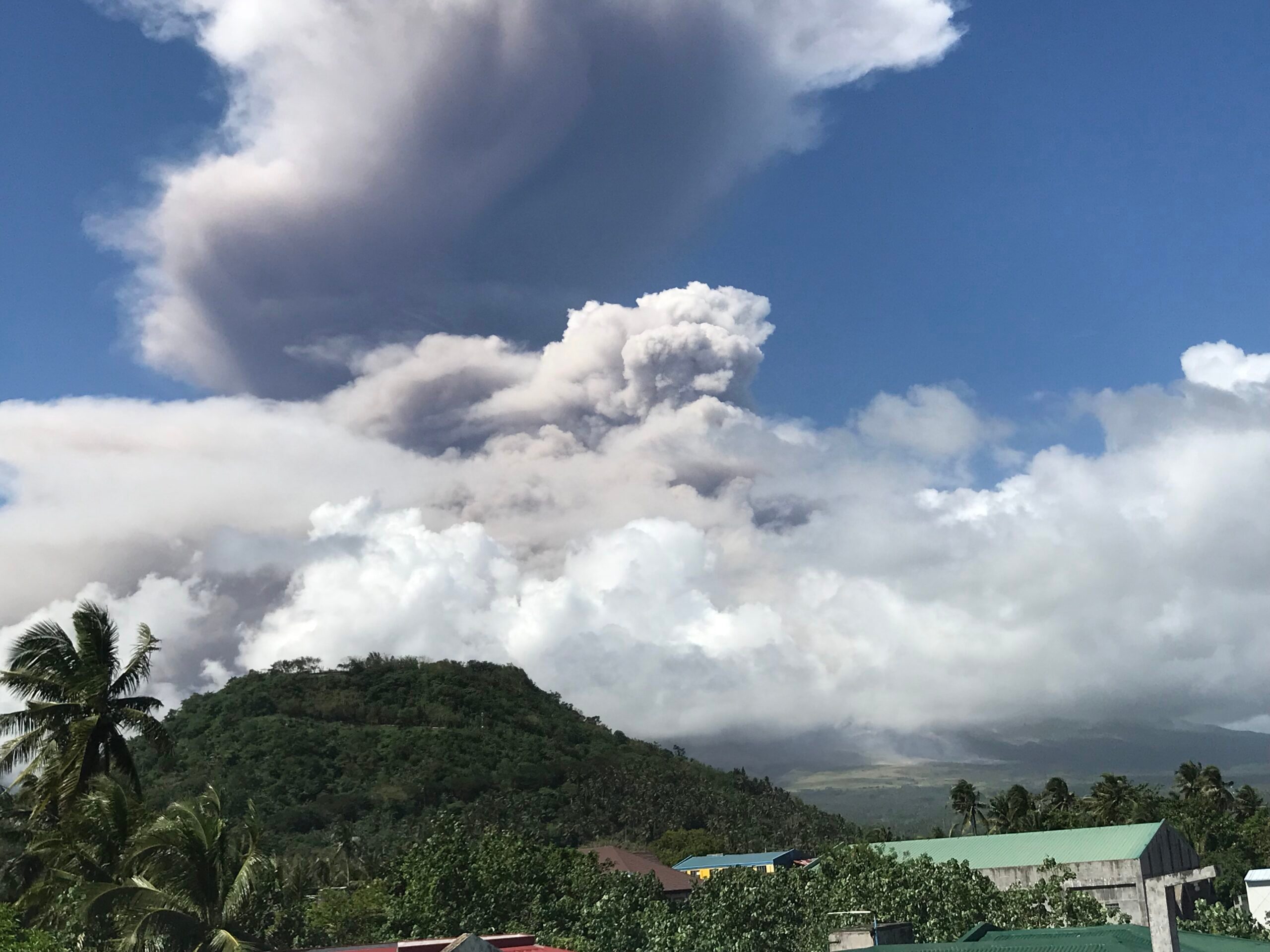SUMMARY
This is AI generated summarization, which may have errors. For context, always refer to the full article.

MANILA, Philippines – During the Pre-Disaster Risk Assessment (PDRA) conducted by the National Disaster Risk Reduction and Management council (NDRRMC) on Monday, January 22, Philippine Institute of Volcanology and Seismology (Phivolcs) Director Renato Solidum said the eruption of Mayon volcano may not be over.
“May laman pa ang bulkan, pwedeng ilabas pa ‘yun. Ang fastest eruption ng mayon is 1-2 months,” Solidum added.
(The volcano is still filled. It may still erupt. The fastest eruption of the Mayon happened within one to two months)
The Mayon Volcano in Albay was placed under Alert Level 4 on Monday after it spewed a giant ash column that went high as high up as 5 kilometers past noon.
Phivolcs raised the alert level and also extended the coverage of the danger zone around the volcano to 8 kilometers (km) from the crater. (READ: DSWD plans for immediate recovery in case of Mayon eruption)
Solidum added that the recent volcanic activity in Mayon is stronger than the 2009 incident.
A total of 6,598 families or 25,191 individuals from Camalig, Guinobatan, Ligao City, Daraga, Tabaco City, Malilipot, Santo Domingo (Libog) and Legazpi City all in the province of Albay, are staying inside 27 evacuation centers.
Meanwhile, 740 families or 3,137 individuals are seeking shelter with relatives. (READ: Albay seeks ‘augmentation support’ from gov’t for evacuees)
What to do
Members of the NDRRMC response cluster advised the public to stay vigilant, desist from entering the 8 kilometer danger zone, and wear protective masks as necessary.
Here’s what the public should do during a volcanic eruption:
-
When notified, immediately evacute to safer grounds
-
Assist in evacuating children, pregnant, women, PWDs, and older people
-
Cover your mouth with wet cloth and wear protective goggles
-
Keep your pets in their shelter or inside to avoid them from inhaling ash
-
Stay away from rivers and streams for possible lahar flow
After a volcanic eruption, the public is advised to remain alert and cautious. Here’s a rundown of what they should do after an eruption:
-
Leave the evacuation area only when authorities say it is safe
-
Wear masks when cleaning
-
Scrape the accumulated ash in roofs to prevent collapse
-
Shake loose ash from plants before watering
The national council, through its regional office, has so far provided assistance through the distribution of P20 million worth of relief and assistance in affected areas. Logistical and fund augmentation were likewise discussed during the meeting. – with reports from Lou Gepuela/Rappler.com
Add a comment
How does this make you feel?
There are no comments yet. Add your comment to start the conversation.